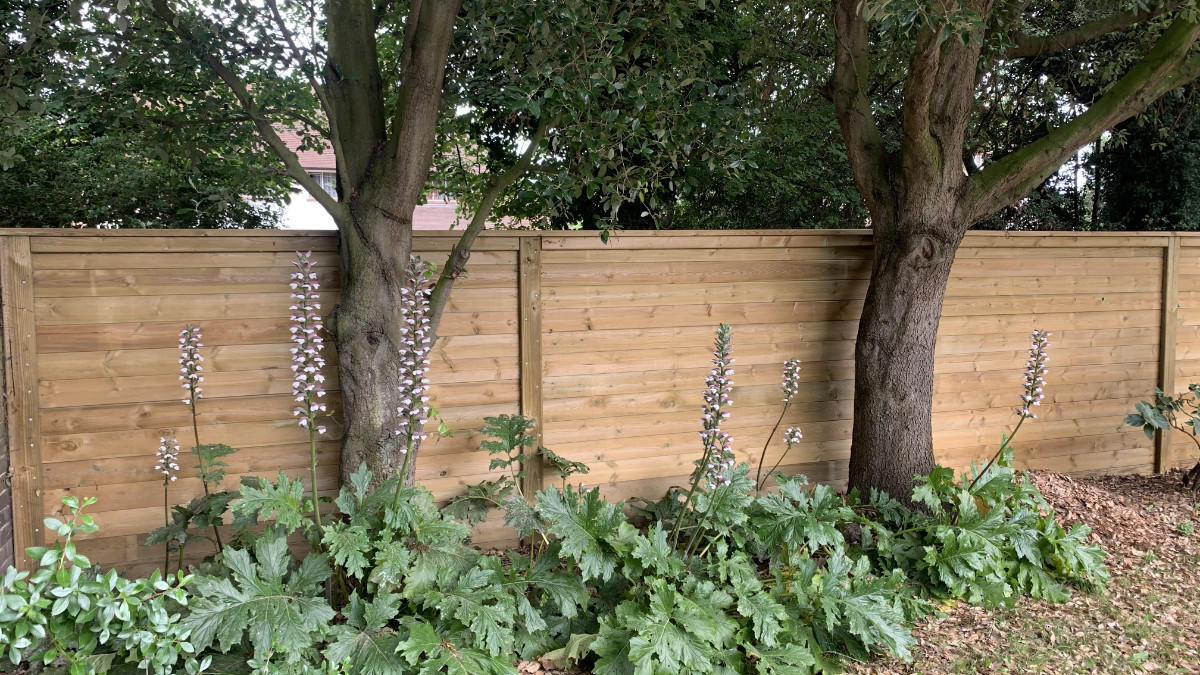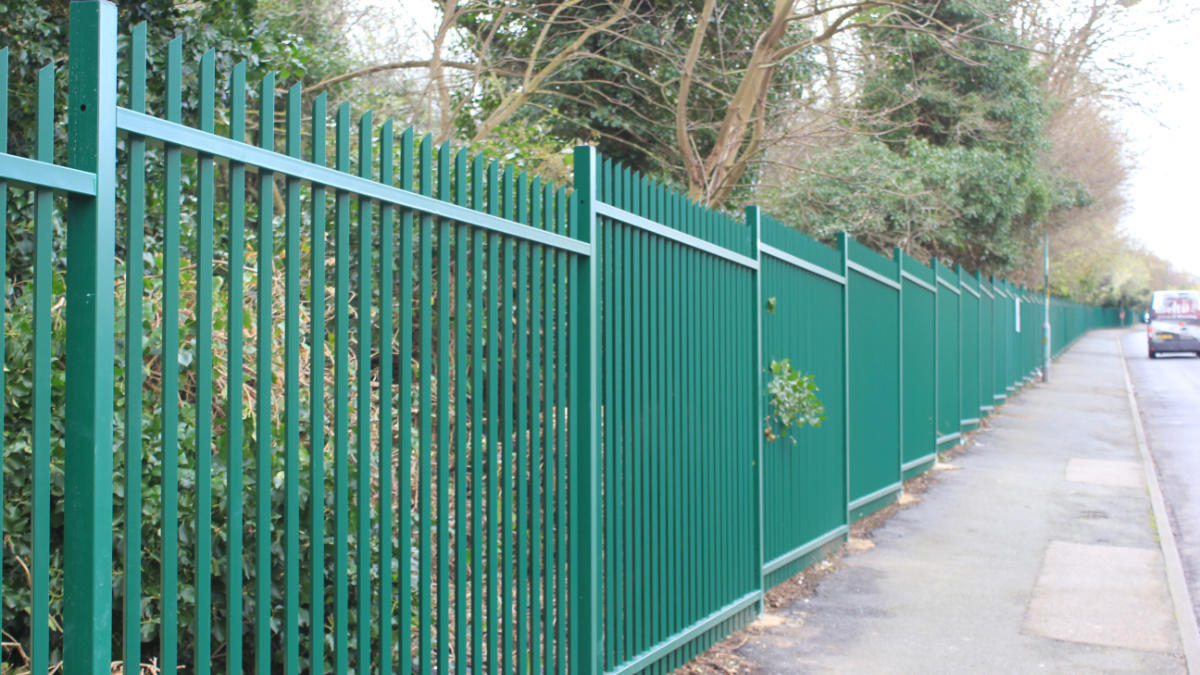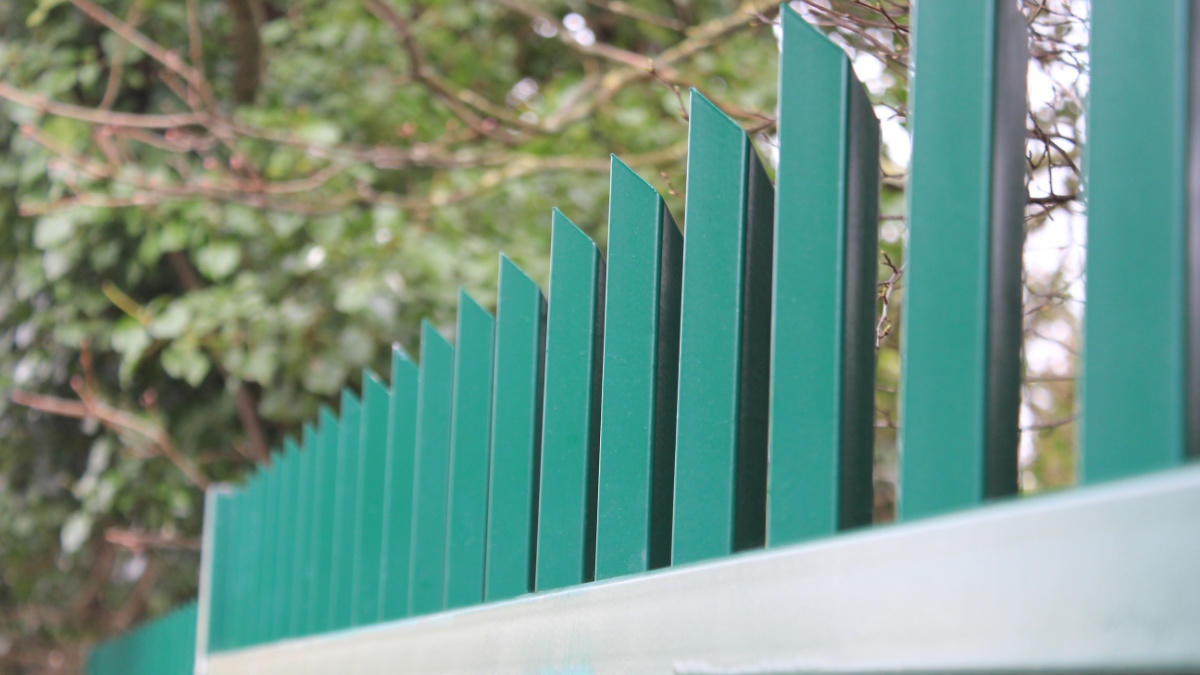- Homepage
- News and Features
- Ways to increase security around your golf course
Ways to increase security around your golf course

Over the past few months, there has been a disheartening rise in crime at golf clubs.
Among many incidents, three clubs in Scotland were targeted by arsonists, with one club having to completely relay a green after vandals set fire to tins of paint on it. At another club, competitions had to be cancelled after £5,000‑worth of equipment was stolen, while a car smashed through gates and drove across Telford golf course, putting players in danger.
Providing security for golf clubs requires a delicate balance; members pay significant membership fees and need to be kept safe and able to play without delays, but equally they need a relaxed and welcoming environment that doesn’t feel constrained.
A good starting point is the 5D’s model, which is based on the ‘onion skin’ principle and can be applied to any application that requires perimeter security. Multiple layers of security work together to prevent access to a site’s assets, giving you the time needed to respond effectively. On the outermost perimeter, ‘deter’ involves some sort of visual warning, such as fencing and signs.
‘Detect’ can take the form of motion detectors or CCTV, while gates and entry systems make up the ‘deny’ layer, allowing you to manage who enters the premises. Extra access control solutions ‘delay’ intruders and can include rising arm barriers to hinder their progress and offer valuable time to deal with a security breach. Finally, ‘defend’ involves a team of security guards or close contact with the police who can apprehend an intruder.
The perimeter
It can be daunting to think about fencing off the whole perimeter of a large, open landscape and sometimes it can be almost impossible to do this. To start, identify the most vulnerable areas ‑ those without thick foliage, left unsupervised or situated along roads with easy access to the green. These areas should be secured with fencing that is fit for purpose ‑ look for high quality steel with a long guarantee, anti‑climb designs and tamper‑proof fixings.
Although the initial upfront cost may be higher, high quality fencing with a long guarantee has a low lifetime cost, due to a reduction in costs associated with having to repair or replace the fence over time. There are many styles available that combine strength with aesthetics, providing a much more pleasant appearance and far better security than chain link or steel palisade fencing.
Timber acoustic fencing is also a popular option and has the added benefit of reducing noise around the golf club. It can satisfy a number of requirements, is aesthetically pleasing, in no way intimidating and blends into a natural environment. Constructed with an anti‑climb flat profile and no gaps between boards, it provides a solid barrier that increases privacy, reduces the risk of stray balls heading towards traffic and reduces noise by up to 28dB.
In high risk areas, it may be worth investing in security rated fencing. LPS 1175 security rated fencing provides the reassurance of tested and certified performance against a range of threats including determined and opportunistic attacks. These products are widely recognised by insurance companies and as such cover any instance where a break in was possible as a result of a failed LPS 1175 certified barrier.

Security toppings
While it may seem practical to add barbed wire or spikes as a deterrent, these can make players too aware of the security risks and create an uncomfortable environment. Instead of barbed wire, we recommend choosing a fence with an anti‑climb design or opting for a more discreet security comb. Alternatively, a combination of fencing and thorny planting is highly effective and helps to blend the fence into the natural environment. If you decide to install security toppings, use them sparingly around areas that are not too visible to players.
Security toppings are legal, but make sure you use warning signs where present and ensure the fencing they are installed on is at least 2 metres high to stop the public from accidentally coming into contact with them.
Detect intruders
CCTV, alarms, and lighting are obvious security measures that many golf clubs already employ, but some have already started opting for more sophisticated devices that offer discreet protection and can remotely alert the earliest presence of an intruder before it’s too late.
Perimeter Intrusion Detection Systems (PIDS) are fence‑mounted sensors that monitor and detect any form of intrusion.
Designed to detect attempts to cut, climb or penetrate the fence on which they are mounted, they are a simple way to enhance perimeter security and can be retrofitted to fit on top of existing fencing, whether it’s chain link, welded mesh, or another fence type. There are no modifications required as long as the fence is well-maintained and in good condition.
Protecting storage
When storing vehicles and equipment inside sheds or outbuildings, make sure these are securely locked overnight. You can also add a line of fencing and a gate with a secure lock around these buildings to restrict access. Alternatively, standalone secure compounds can be constructed from mesh fencing and gates to keep valuable equipment in.
Combination fencing is ideal for these areas ‑ mesh panels combined with timber slats keep items secure but also concealed from those looking for a target.
The timber also provides an attractive appearance that fits with the natural environment of the golf course.
Installing any bin stores or storage units away from the fence line, trees or buildings prevents them being used as climbing aids.

Access control
To create a welcoming environment for members, identify a main access point to the club with entrance gates that can be left open during the day and centrally monitored and securely locked at night.
Where necessary, add another layer of access control to ‘delay’ vehicles. A rising arm barrier is a good option, requiring access to be granted before it can be passed and effectively slowing intruders.
Access to any buildings on site needs consideration too and the value of the clubhouse and other buildings will be unique to each club.
Consider how members and staff access these areas, whether they have individual key fobs or swipe cards and what happens to these after hours.
If the contents of the buildings are valuable and there are gaps in the perimeter that aren’t completely secure, it may be worth installing an additional line of fencing and a gate around these, if this suits the site.
Continue the conversation: @JFsecurity
Sponsored content
TRAAKiT | Theft of groundscare machinery is rising
With crime on the increase, installing GPS tracking devices on your valuable machinery is an extremely reliable way of safeguarding them.
A GPS asset security system is a financial investment but could save you a huge amount of trouble and money, in the long run, if your machinery is stolen.
Last Christmas one of our customers had a Kubota RTV stolen with one of our trackers installed. He called us to let us know it was stolen and he had reported it to the police.
We could see on our mapping system that it had been parked in a field and left for a few days, which is typical behaviour of thieves, but was now at a new location.
We contacted the police with the crime number and an officer was sent to investigate the location.
The Kubota had been placed in a trailer on a driveway, but was still visible on the mapping. The police quickly obtained a search warrant, the Kubota was recovered and an arrest made.
Having our GPS tracking device installed saved our customer significant amounts of money in not having to hire a replacement and buy a new machine.
Remember, insurance may not pay the full cost of a replacement and future insurance premiums may increase if you make a claim.
The TRAAKiT System
Our TRAAKiT system includes our TRAAKiT TD3 tracking device and a map that enables you to see where your machines are in real time. We provide you with your own unique account, giving you secure access to the TRAAKiT system via any internet connected PC, tablet or smart phone.
The TRAAKiT TD3 is an intelligent device. Its electronics include a GPS module, which calculates the position of the TRAAKiT TD3 from signals received from the Global Positioning System satellites, and a GPRS module that transmits the data back to our servers via the mobile phone network. It stores your instructions, so it sends the data back at the times you set, including its position, when it leaves the invisible fence and when it is on a journey. It is also enabled to work in any country in the world that has a GPRS mobile telephone network.
It works off its own internal battery, which is recharged by hard wiring the TRAAKiT TD3 covertly to the machine’s 12v power source. This means the TRAAKiT TD3 is hidden and will continue to operate even when disconnected from the machine’s own power.
The mapping system enables you to control your TRAAKiT TD3 device. You can see where your machine is in real time, you can instruct the TRAAKiT TD3 when it should call in and to set an invisible fence around your machine, which is an electronic boundary that triggers an alert if the machine leaves this area and can indicate a theft is in progress.
For anyone in charge of valuable machinery, having a GPS asset tracking system installed is a very worthwhile investment.
For further information, visit www.traakit.co.uk or call: Tim on 07939 246006 or Steve on 07850 142035
Author

